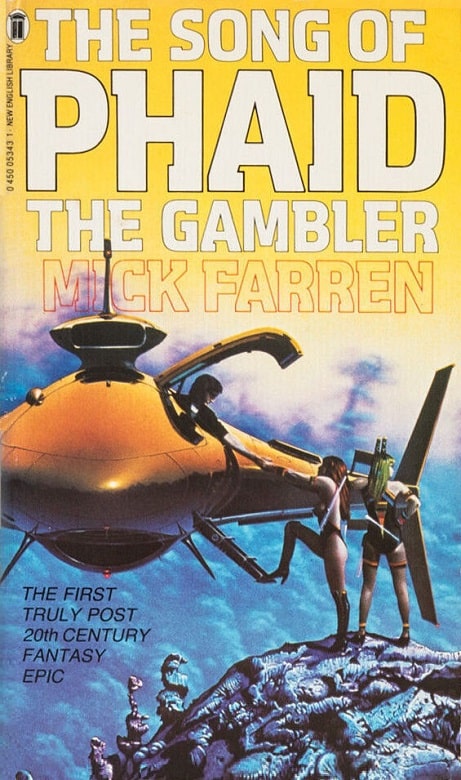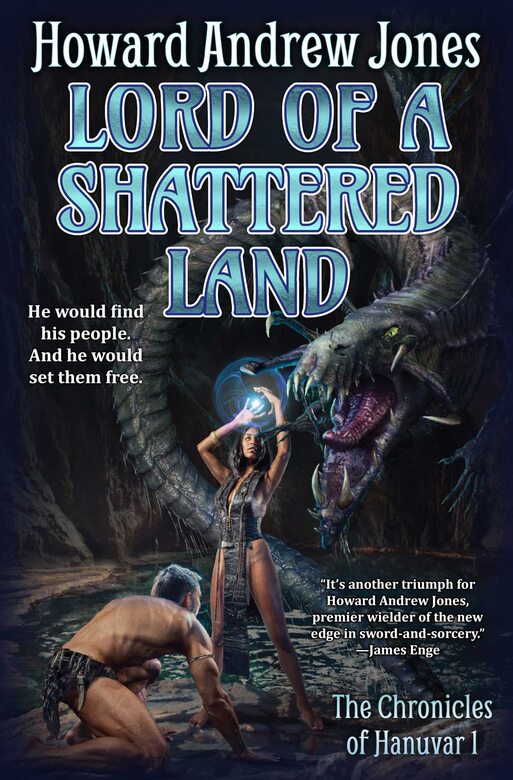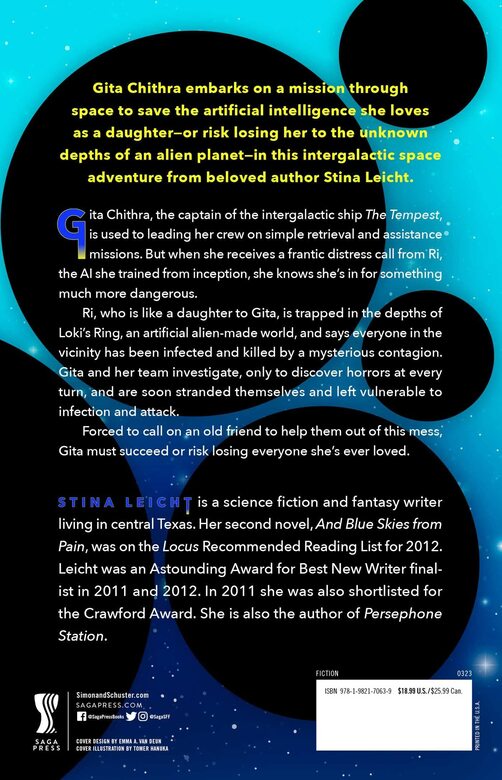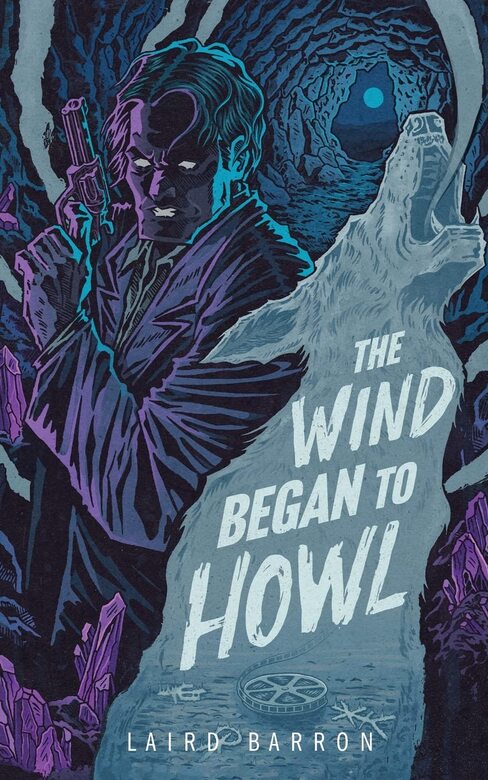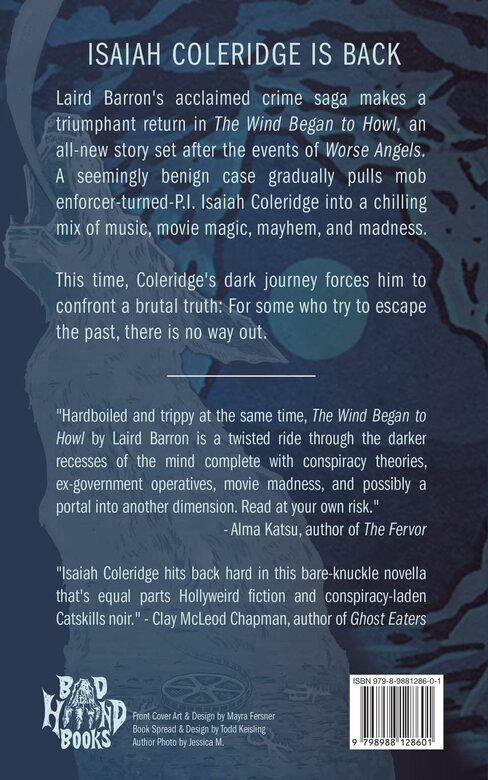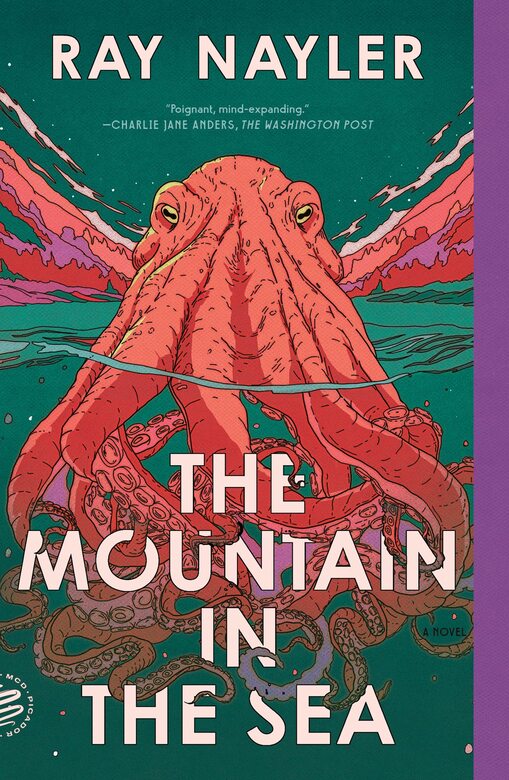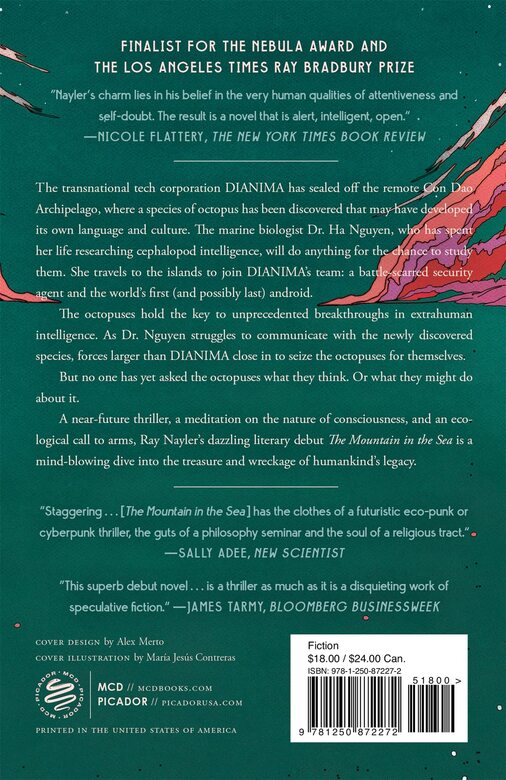A (Black) Gat in the Hand: Ten Pulp Things I Think I Think (August 2023)
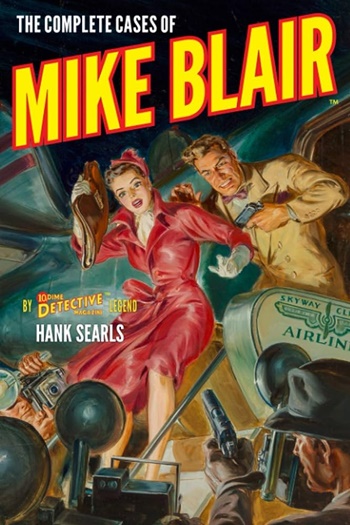 “You’re the second guy I’ve met within hours who seems to think a gat in the hand means a world by the tail.” – Phillip Marlowe in Raymond Chandler’s The Big Sleep
“You’re the second guy I’ve met within hours who seems to think a gat in the hand means a world by the tail.” – Phillip Marlowe in Raymond Chandler’s The Big Sleep
(Gat — Prohibition Era term for a gun. Shortened version of Gatling Gun)
Ten Things I Think I Think has become an occasional feature in my column here. I’m always up to my elbows in various reading, writing, gaming, TV/streaming, radio plays, and audiobooks.
So it’s probably no surprise I like the idea of picking one of those areas, and sharing my sorta-random thoughts on things. Similar to my What I’ve Been Watching/Reading posts. Because I like to use my column here at Black Gate to share things I like with folks, I’m usually pretty positive. But in talking about ten different topics, I’m bound to hit on some things I’m not as crazy about. So be it.
I wrapped up our Talking Tolkien series with a Tolkien-centric version a few weeks ago. It was fun. So, I figured why not do one for A (Black) Gat in the Hand as we get up to full steam.
Not making the list are recent items such as I re-watched a couple episodes of Powers Boothe’s Philip Marlowe series. It’s still really good. I also watched a few of Stacy Keach’s second-run as Mike Hammer. Those shows are my favorite version of Hammer, but one or two at a time is enough. They seem a little cheesy – they didn’t age particularly well. But still fun to watch. Keach is my picture of Hammer.

